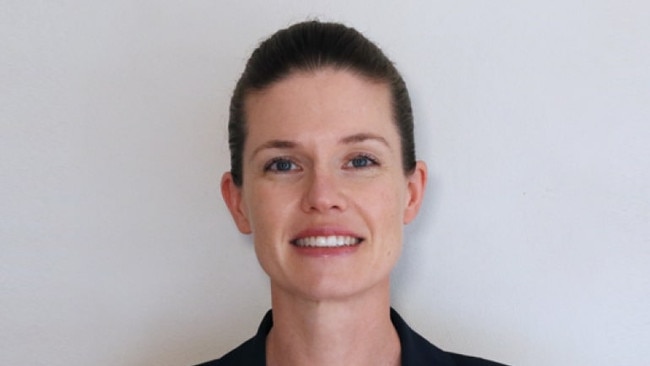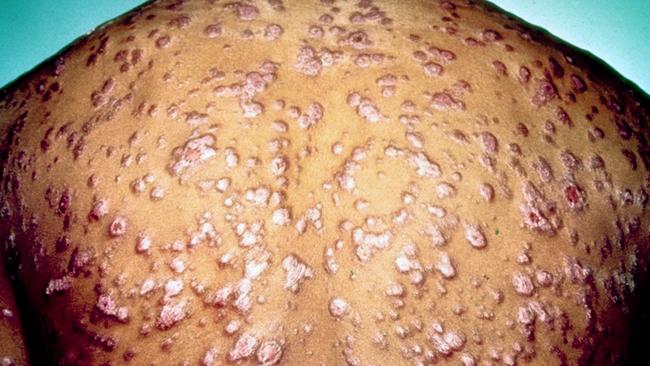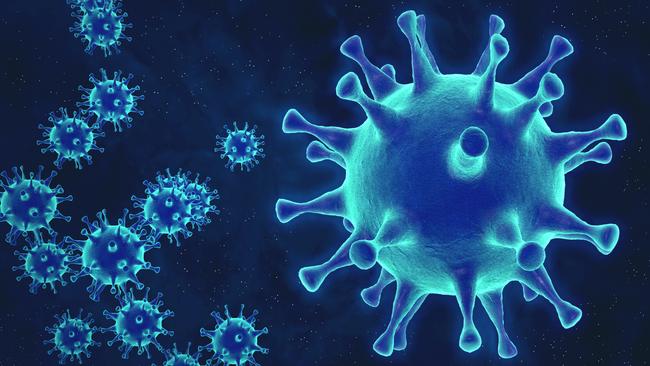‘Concerning’: Syphilis cases triple as STIs surge
The number of Australians diagnosed with a highly contagious sexually transmitted infection has tripled over the past decade.

Illness
Don't miss out on the headlines from Illness. Followed categories will be added to My News.
A worrying new report has revealed the number of Australians infected by syphilis has tripled over the past decade, as sexually transmitted diseases continue to surge.
As many as 24 people out of every 100,000 were infected with the once-debilitating bacterial STI in 2022, according to a new report from UNSW’s Kirby Institute.
Worst still, the number of women suffering from syphilis increased six-fold over the past decade from 1.3/100,000 in 2013 to a whopping 8.8/100,000 in 2022.
The report lead, epidemiologist Skye McGregor, said low rates of testing brought on by Covid had researchers concerned that the upward trends were likely to continue.

“Any rise in STIs is bad news, but rising STIs against a backdrop of decreased testing, and the upward trend over the past decade, is particularly concerning,” she said.
Of particular concern to Dr McGregor was the increase in women diagnosed with syphilis, which, she said, if untreated during pregnancy, could lead to miscarriage or stillbirth.
Mothers could also be pass the infection on to their unborn child in the form of congenital syphilis, which the report found was 14 times more prevalent in First Nations infants.
Overall, the report, released on Monday, paints a bleak picture of skyrocketing rates of STIs over the past decade as testing rates since the start of the pandemic falter.

Since 2013, the number of people with gonorrhoea has doubled to a whopping 32,877 in 2022. A further 93,777 people were also diagnosed with chlamydia last year.
Dr McGregor said diagnoses of gonorrhoea were almost three times as high in major cities last year than they were in 2013, with men overrepresented at 71 per cent.
“Most gonorrhoea diagnoses are among gay and bisexual men … this prompts us to investigate emerging prevention approaches, such as vaccination,” Dr McGregor said.
Conversely, the report found that most chlamydia in Australia likely went undiagnosed or untreated, which researchers said reinforced the need for more testing.

“If you are sexually active, the best thing to do is to chat with your GP, nurse, or health worker. They’ll recommend anything from three to 12 monthly testing,” Dr McGregor said.
“Chlamydia and gonorrhoea are tested for using a simple urine test or a self-collected vaginal swab. It’s also recommended to get a blood test for syphilis and HIV at the same time.”
The report found that about one in every 27 young women in Australia – about 91,000 women – had chlamydia at some point during 2022, with less than half being diagnosed.
Originally published as ‘Concerning’: Syphilis cases triple as STIs surge


